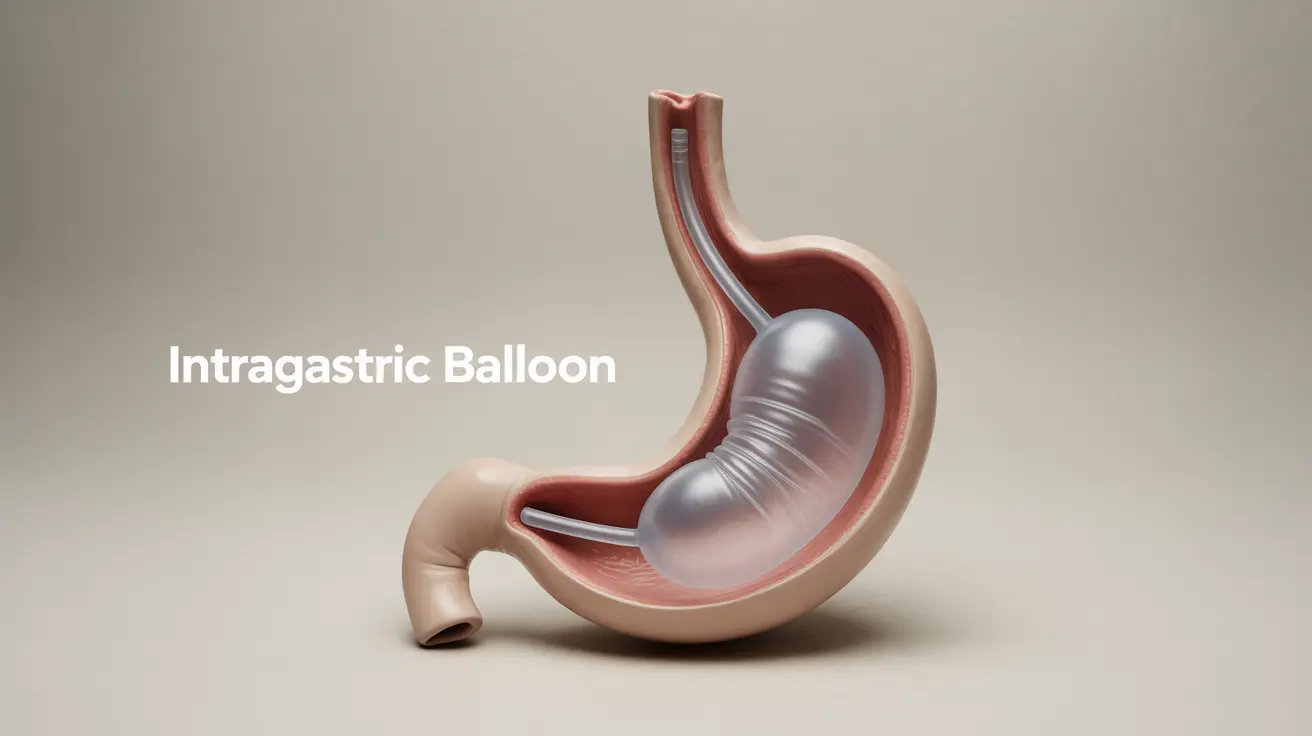For individuals seeking effective weight loss solutions without going under the knife, non-surgical weight loss procedures offer promising alternatives to traditional bariatric surgery. These innovative treatments combine medical expertise with minimally invasive techniques to help patients achieve their weight loss goals with shorter recovery times and fewer complications.
Understanding the various non-surgical options available today can help you make an informed decision about your weight loss journey. This comprehensive guide explores the latest procedures, their effectiveness, and what you need to know before pursuing these treatments.
Types of Non-Surgical Weight Loss Procedures
Modern medicine offers several non-surgical approaches to weight loss, each with its unique benefits and considerations:
Intragastric Balloon Treatment
This temporary procedure involves placing a soft balloon in the stomach through endoscopy. The balloon occupies space in the stomach, creating a feeling of fullness and reducing food intake. Most balloons remain in place for six months, during which patients can lose significant weight while developing healthier eating habits.
Endoscopic Sleeve Gastroplasty (ESG)
ESG is an innovative procedure that reduces stomach size using endoscopic suturing. This technique creates a sleeve-like structure in the stomach, limiting food intake and helping patients feel fuller faster. Unlike traditional sleeve gastrectomy, ESG requires no external incisions.
Aspiration Therapy
This reversible procedure involves placing a small tube in the stomach, allowing patients to remove a portion of their stomach contents after meals. While controversial, it has shown effectiveness in clinical studies for appropriate candidates under proper medical supervision.
Effectiveness and Expected Results
Non-surgical weight loss procedures can be highly effective when combined with lifestyle changes. Studies show that patients typically lose 15-20% of their total body weight within the first year after treatment. However, results vary depending on the specific procedure and the patient's commitment to lifestyle modifications.
Safety and Recovery Considerations
Non-surgical weight loss procedures generally offer several advantages over traditional surgery:
- Shorter recovery times
- Lower risk of complications
- Minimal or no incisions
- Reversible options
- Outpatient procedures in most cases
However, patients should be aware that these procedures still carry some risks, including nausea, discomfort, and potential device-related complications. Working with qualified healthcare providers is essential for minimizing these risks.
Candidate Evaluation and Requirements
Ideal candidates for non-surgical weight loss procedures typically meet the following criteria:
- BMI between 30 and 40
- History of failed weight loss attempts
- Commitment to lifestyle changes
- No significant medical contraindications
- Realistic expectations about results
Lifestyle Support and Long-Term Success
The success of non-surgical weight loss procedures heavily depends on maintaining healthy habits:
- Regular physical activity
- Balanced nutrition
- Portion control
- Regular medical follow-up
- Stress management techniques
Frequently Asked Questions
What are the different types of non-surgical weight loss procedures available and how do they work? Non-surgical weight loss procedures include intragastric balloons, endoscopic sleeve gastroplasty, and aspiration therapy. These procedures work by either reducing stomach capacity, limiting food intake, or altering the digestive process, all without traditional surgery.
How effective are non-surgical weight loss options like intragastric balloons or endoscopic sleeve gastroplasty compared to surgical methods? While surgical methods may produce more dramatic results, non-surgical options can achieve 15-20% total body weight loss within the first year. They offer comparable success rates for appropriate candidates, with lower risks and faster recovery times.
What are the risks, benefits, and recovery times associated with non-surgical weight loss procedures? Benefits include minimal invasiveness, shorter recovery times, and reversibility. Risks include nausea, discomfort, and device-related complications. Recovery typically takes days rather than weeks, with most patients returning to normal activities within 24-48 hours.
Who is a good candidate for non-surgical weight loss treatments and what factors determine suitability? Good candidates typically have a BMI between 30-40, no significant medical conditions, and a strong commitment to lifestyle changes. Factors like previous weight loss attempts, medical history, and psychological readiness are considered in determining suitability.
How can lifestyle changes complement non-surgical weight loss procedures to maintain long-term results? Success requires combining procedures with regular exercise, healthy eating habits, portion control, and ongoing medical support. Patients should commit to permanent lifestyle modifications, including regular physical activity and nutritional counseling, to maintain their results.




